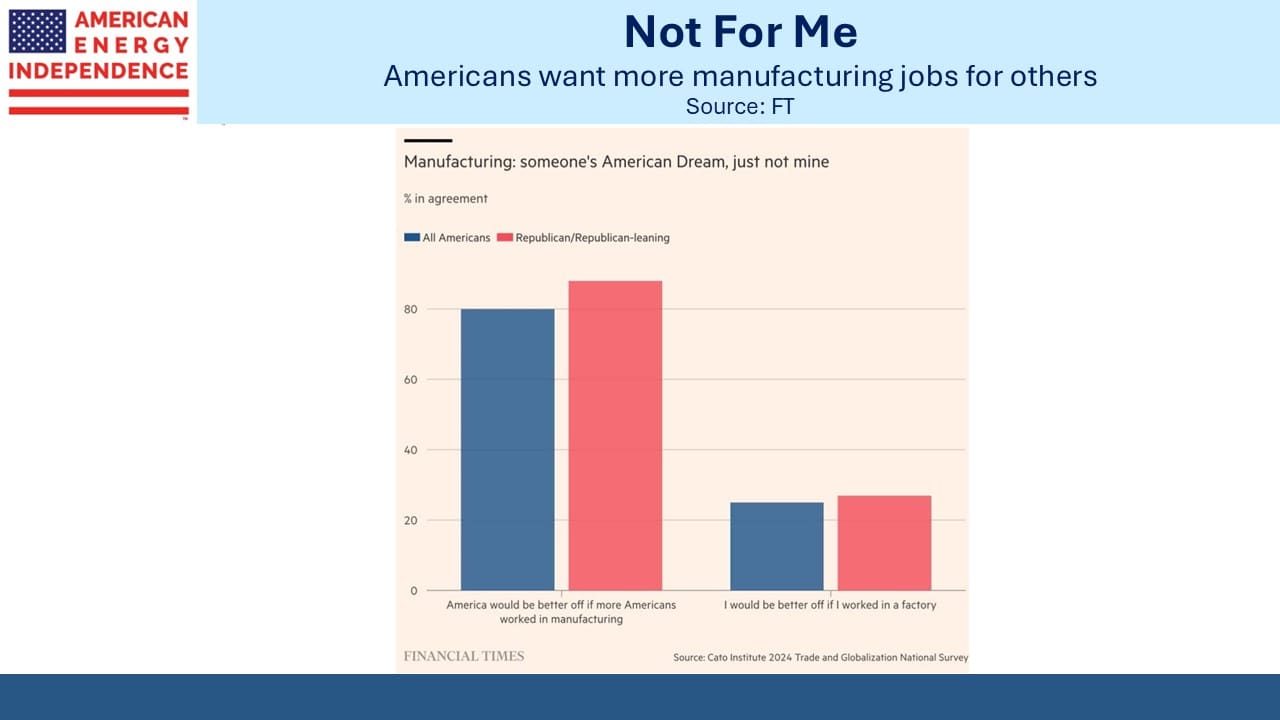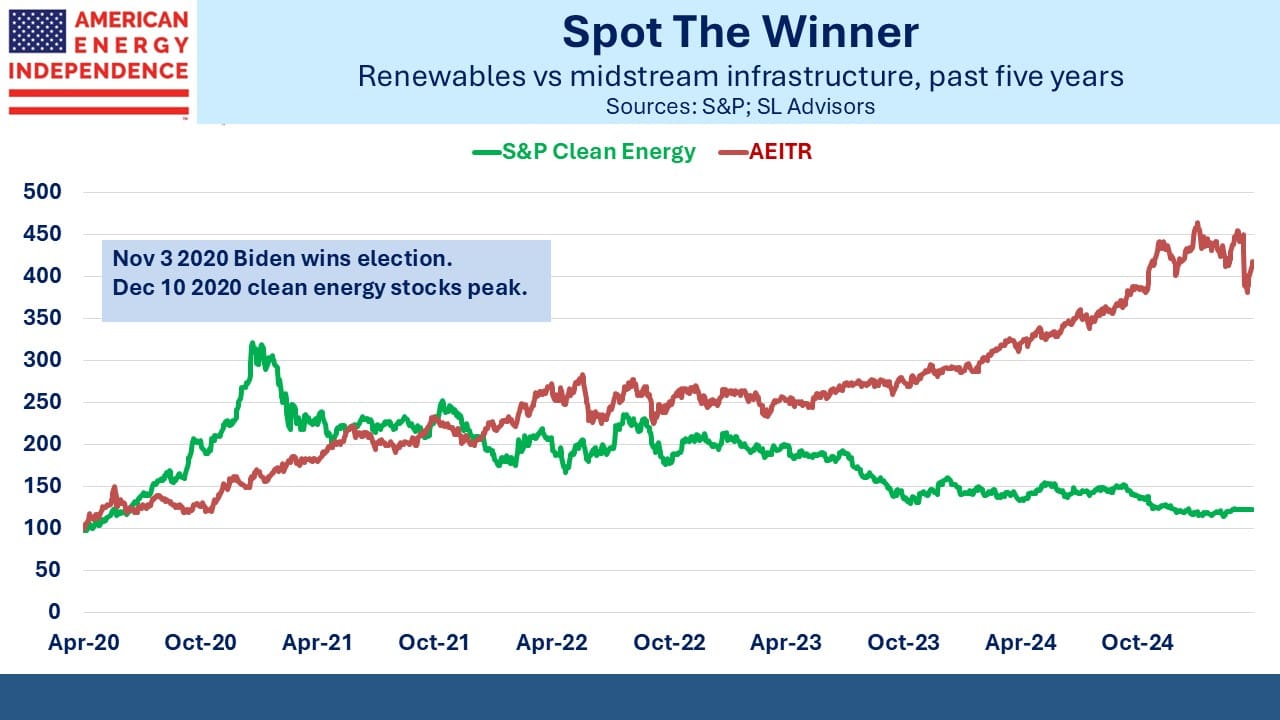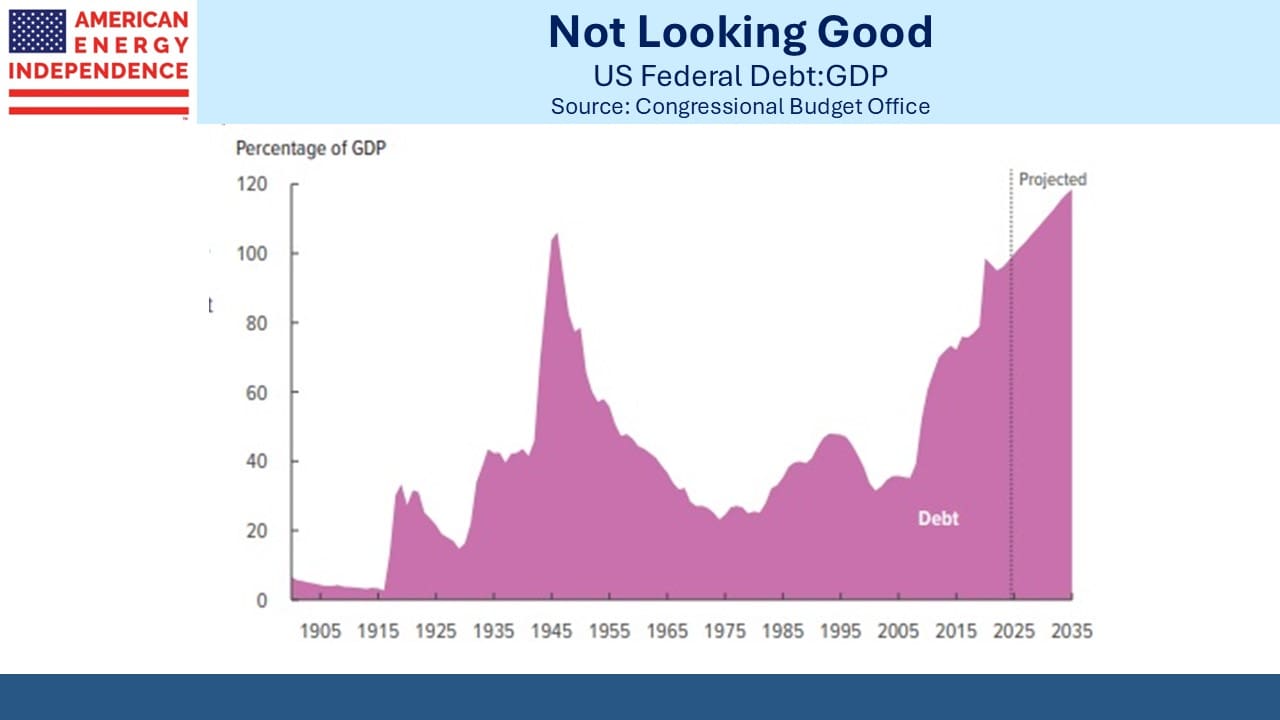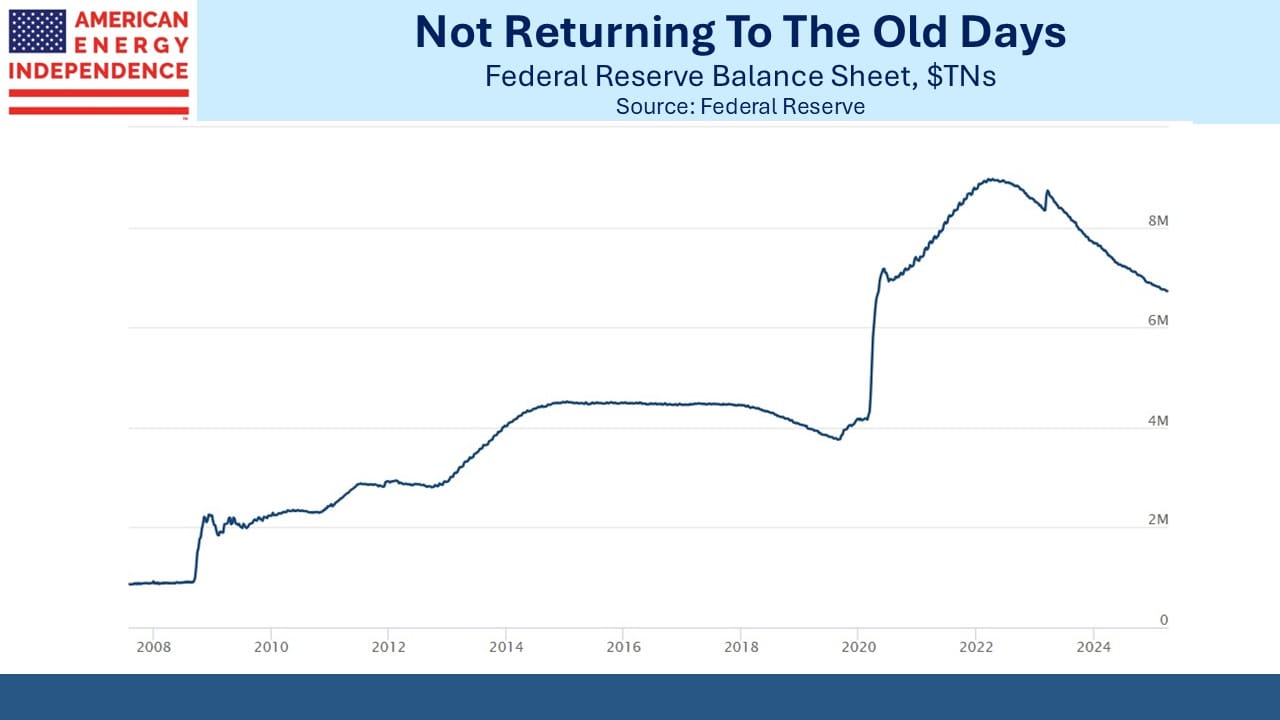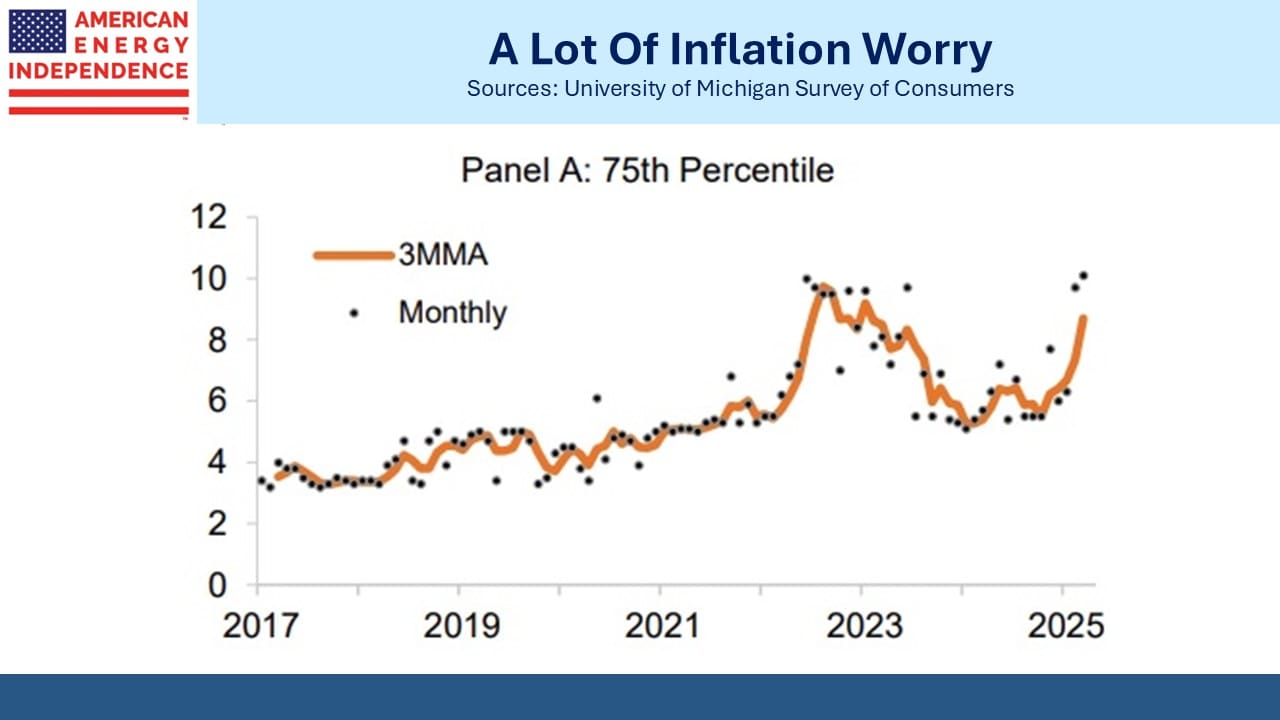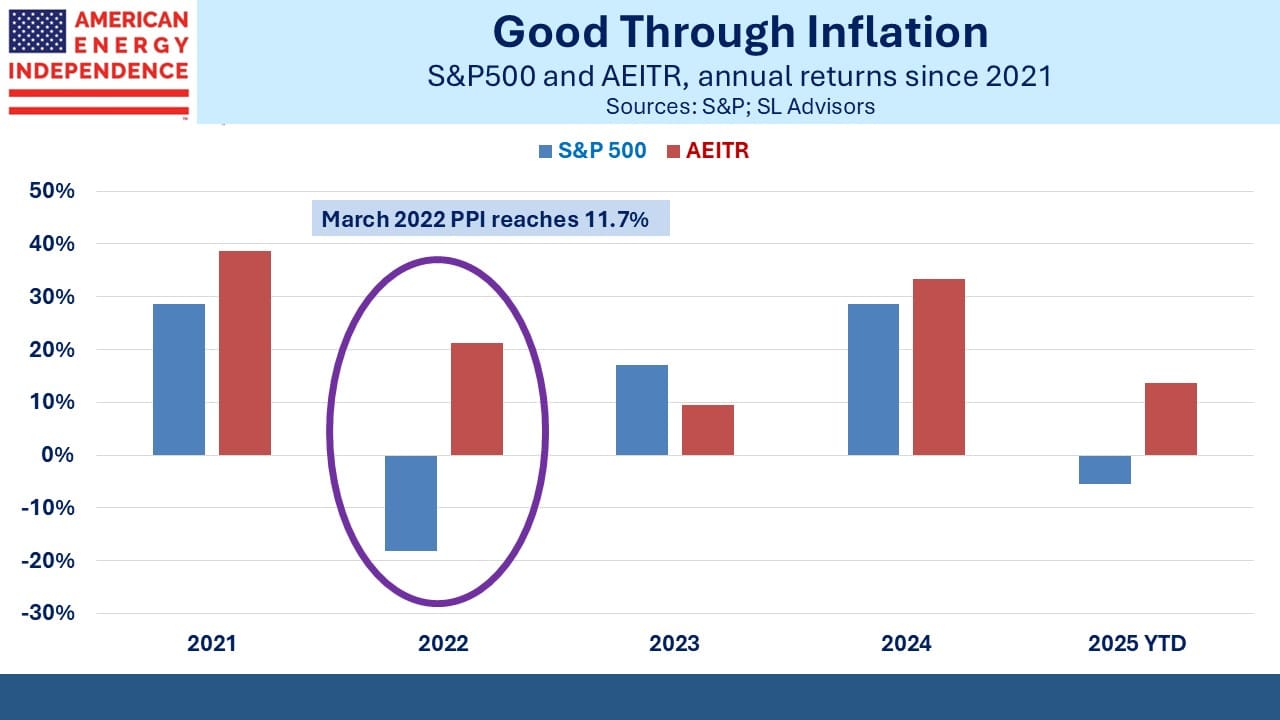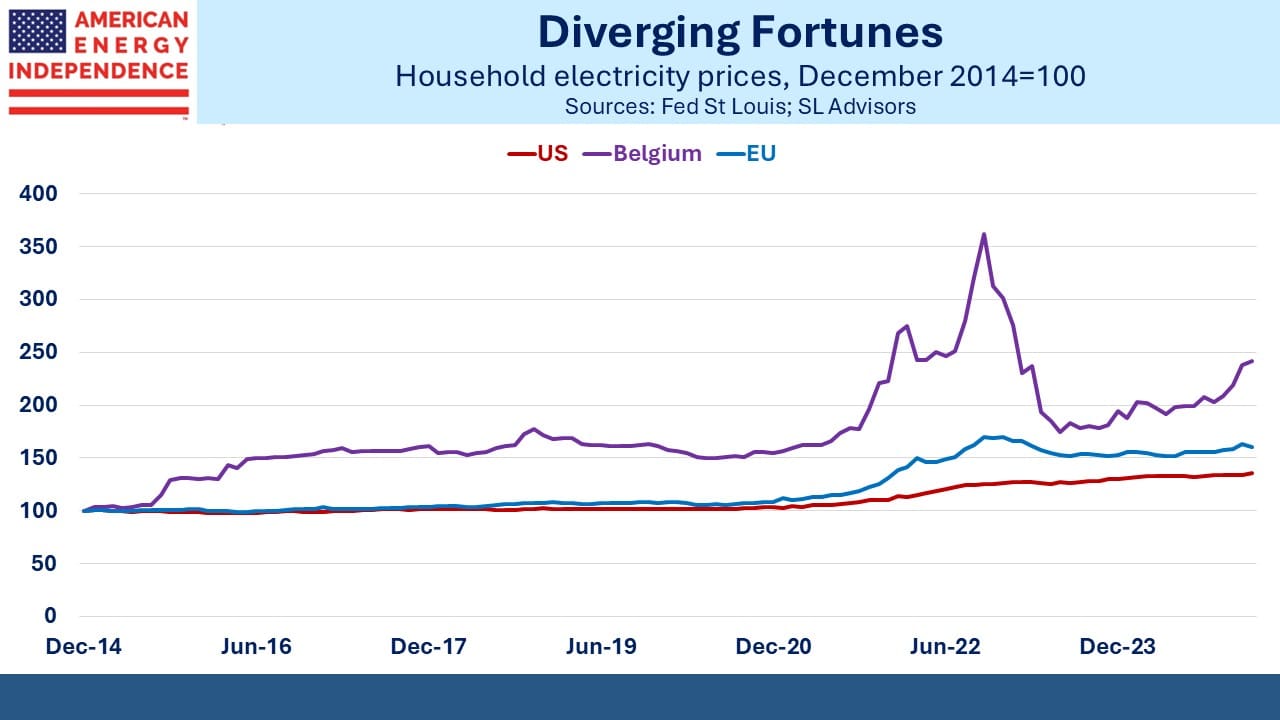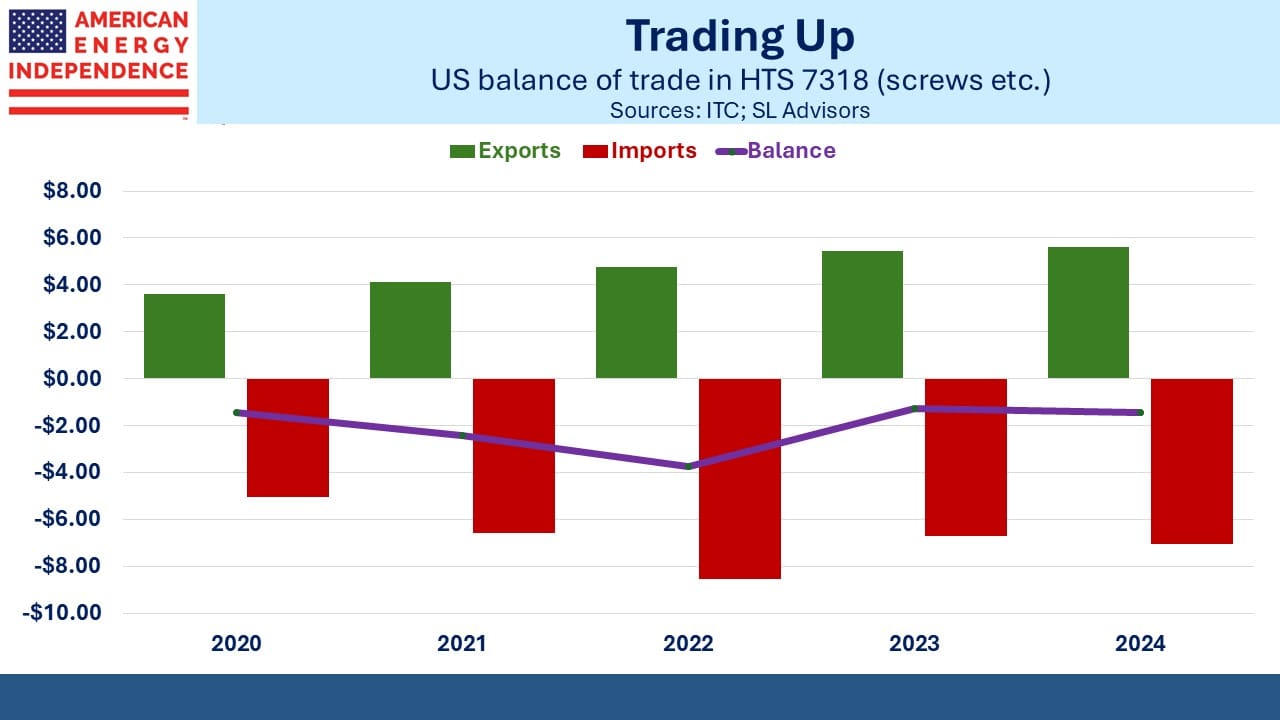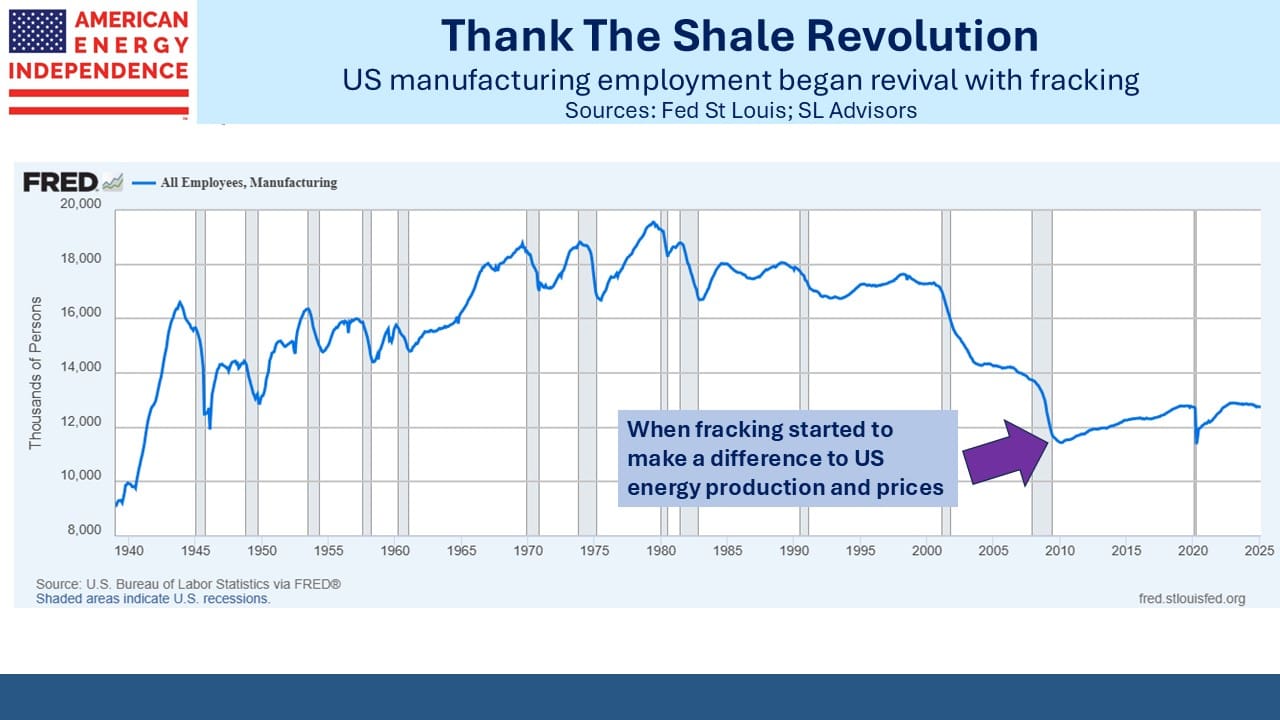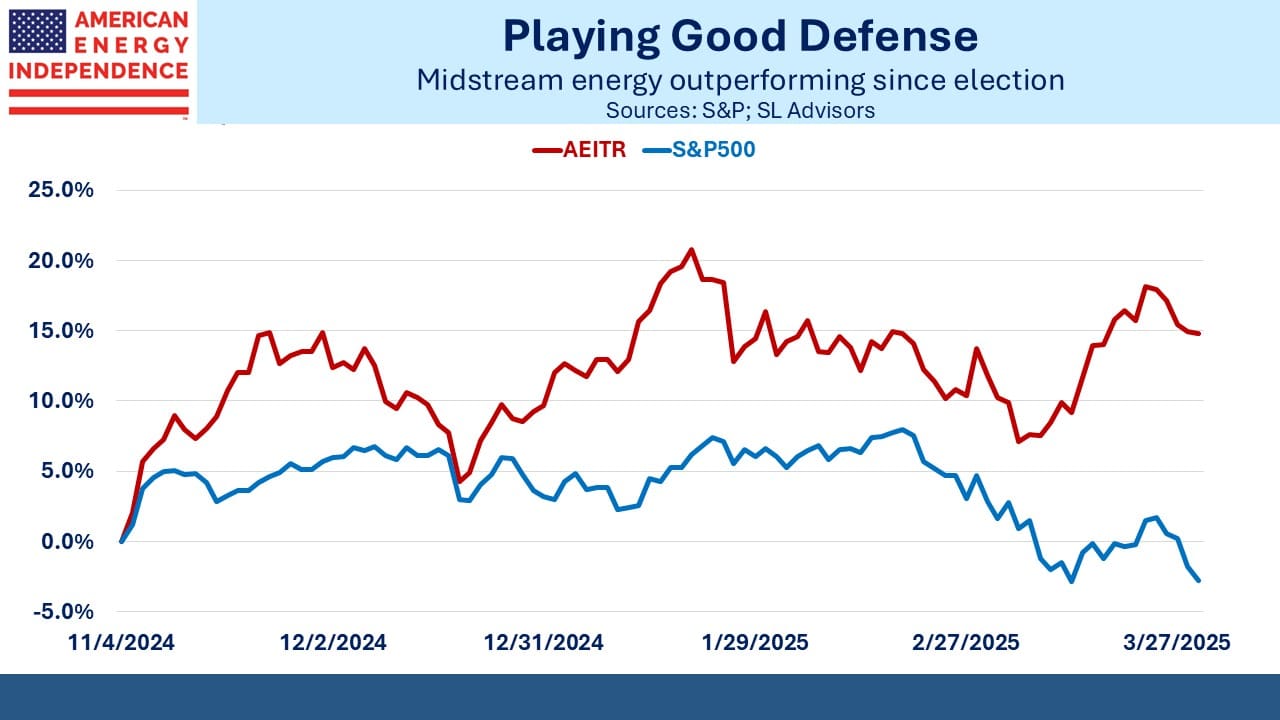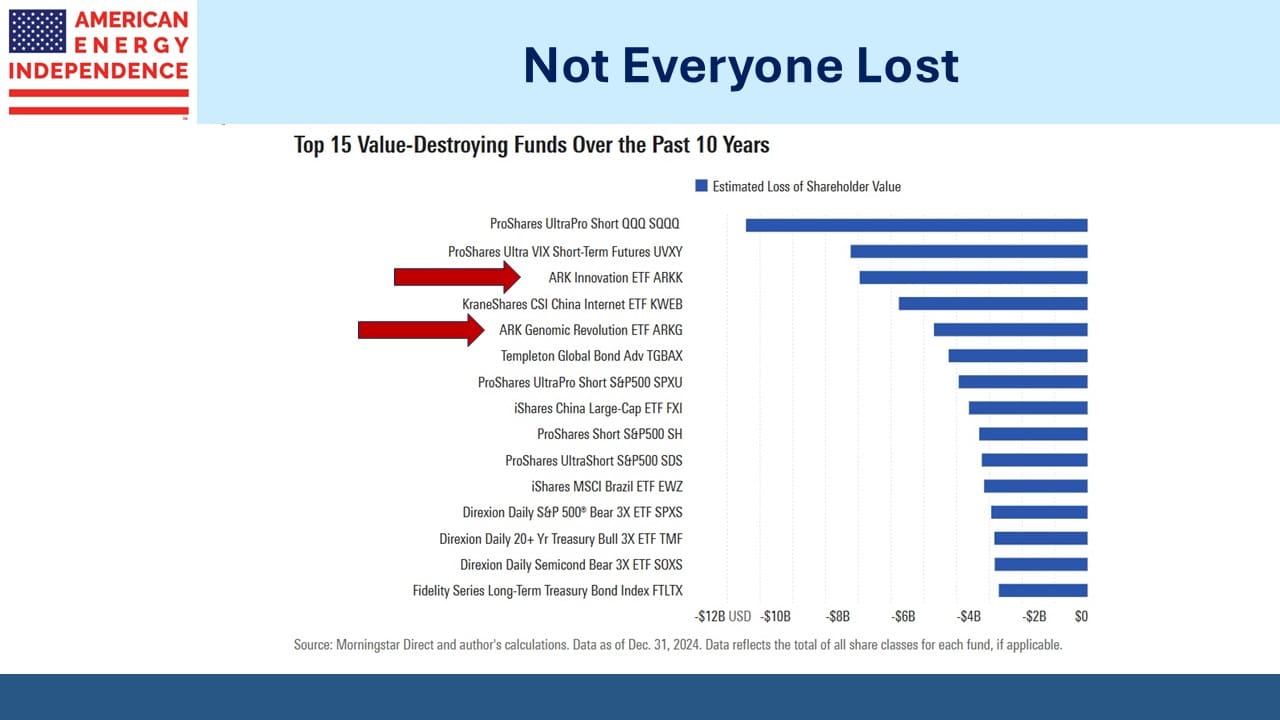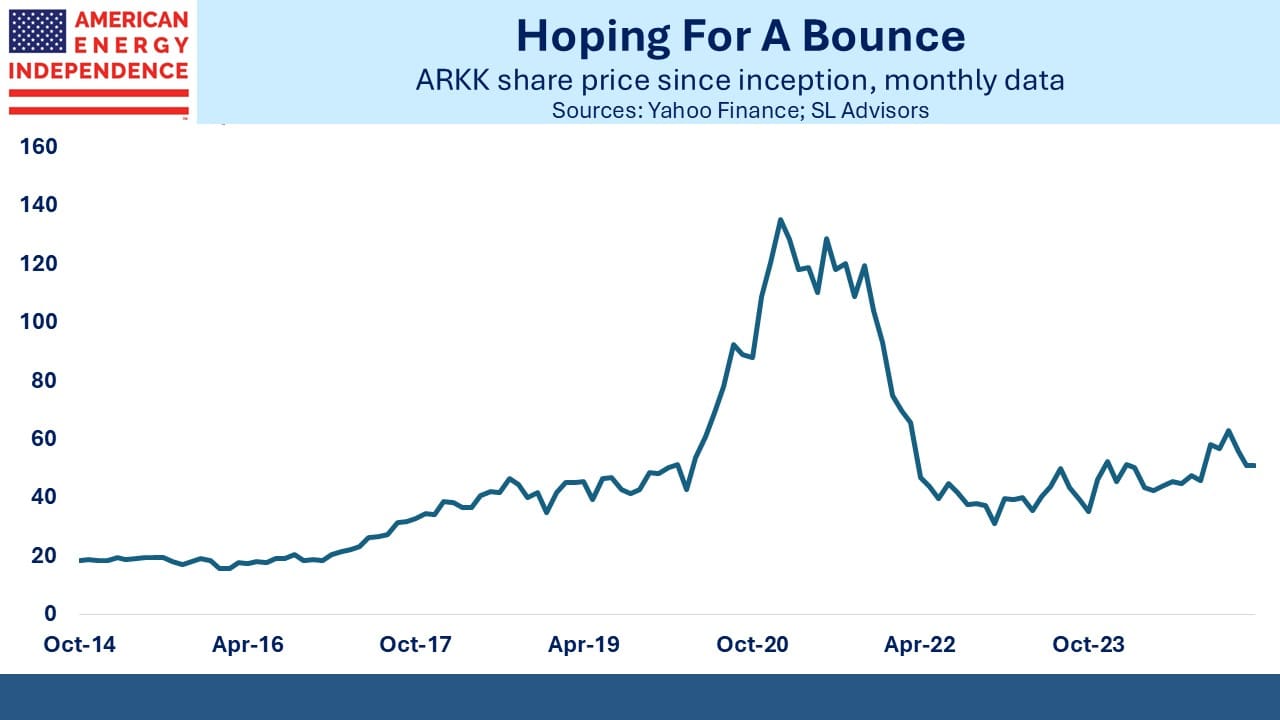Tariffs Soften Presidential Support

Tariff turmoil and the market’s gyrations have elicited more than normal feedback on recent blog posts. Politically, our readers and investors tend to be Republican so many are inclined to look for positives in Liberation Day and the subsequent policy switches. Some echo Trump’s claim that foreign countries have been exploiting the US for years. Canada’s banking market and EU autos are two examples cited.
But the majority of responses express dismay if not alarm at the tariffs – mostly at their unexpected magnitude and unpredictable execution. History shows that Trump usually attempts to implement his campaign rhetoric, so 60%+ tariffs on China should not surprise anyone who followed his campaign last year.
Anecdotal evidence of the disruption is starting to emerge. An importer of cotton bathrobes from China is scouring the world for alternative suppliers since no US manufacturing capability exists. A small company that relies on textile imports and another that manufactures safety equipment with foreign sourced parts are both facing existential threats to their margins. A major manufacturer of paper cups faces tariffs on its exports to Canada, where insufficient domestic capacity exists to provide a replacement.
There persists this romantic notion that America would benefit from making more stuff here. Some critical supply chains should be domestic. We found we were overly reliant on personal protective equipment from China during the pandemic, ironically the source of the outbreak. Polls show that Americans overwhelmingly believe more of us should work in manufacturing as long as it’s someone else.
The public criticism of Fed chair Jay Powell and pressure to cut rates have not been well received by markets. One especially strong Trump supporter told me that, “The US is now universally viewed as an increased credit risk.”
The upside case for investors requires that Trump 2.0 will measure results by the stock market, like Trump 1.0. Our investors largely voted for him, and their happiness is being eroded with each decline of the S&P500. This theory suggests that eventually a combination of now-less-wealthy donors and fears of a mid-term voter reaction against chaos will ameliorate said policies before they do too much harm. I do sense among some readers growing fatigue over chaotic policy and falling markets.
It’s best not to rely too heavily on politics in committing capital. Clean energy bulls learned this lesson when Joe Biden won the presidency in 2020. Assuming that their political views and desired returns were in alignment, investors poured money into a sector that has become a serial disappointment.
Even limitless government subsidies couldn’t offset the intermittency of weather-dependent power and the range anxiety of EVs. Betting on profits from the energy transition has been a fool’s errand. A Democrat in the White House couldn’t alter the physics.
Voters care about combating climate change as long as it doesn’t cost them money. Democrats have failed to convince them that it’s worth paying more for low-carbon power. Climate change barely registered as a concern during the last election, far behind unchecked illegal immigration and inflation.
This blog has taken the pragmatic view that it’s worth reducing emissions and increasing cleaner-burning natural gas consumption as a coal substitute is the most impactful way forward. The science and investment returns vindicated this view.
Elections haven’t historically caused us to change our investment approach. More recently, neither has tariff turmoil. That the world is going to use more energy and that US natural gas will play an important role have always been enduring themes.
Trump’s robust advocacy of US oil and gas exports is a welcome change from Joe Biden. I listened to Larry Summers on an All-In podcast last week criticizing the Biden administration both for canceling the Keystone XL pipeline in 2021 and for the pause on new LNG permits in 2024. Summers was Treasury Secretary under Clinton from 1999-2001. His criticism of Biden shows how Democrat policies have shifted left in recent years.
The midstream sector’s prospects were good anyway, but the new Administration’s support for LNG exports has helped. Energy Transfer’s recent Heads of Agreement (HOA) with MidOcean Energy to jointly develop their Lake Charles LNG export terminal is an example of how the Trump Administration’s refreshing support for energy exports is attracting capital.
In another case, the Army Corp of Engineers granted national energy emergency status for Enbridge’s (ENB) Line 5 oil pipeline tunnel project. Environmentalists have opposed this even though owner ENB is seeking to replace the existing pipeline which they say may leak.
It’d be a shame for the tariff turmoil to detract from other more constructive policies.
We have two have funds that seek to profit from this environment:
Energy Mutual Fund Energy ETF

